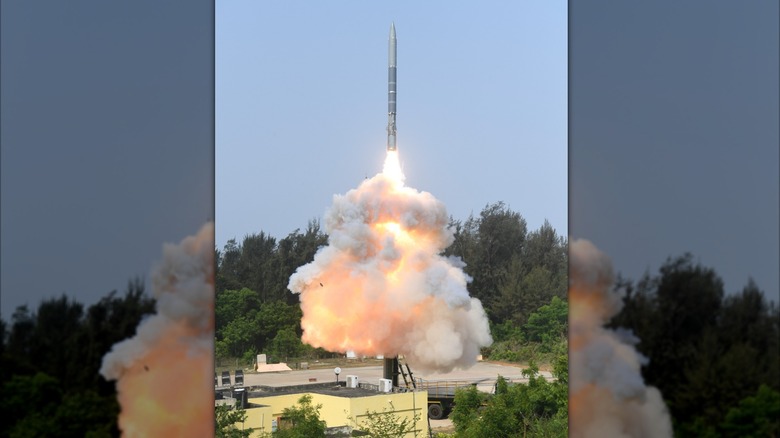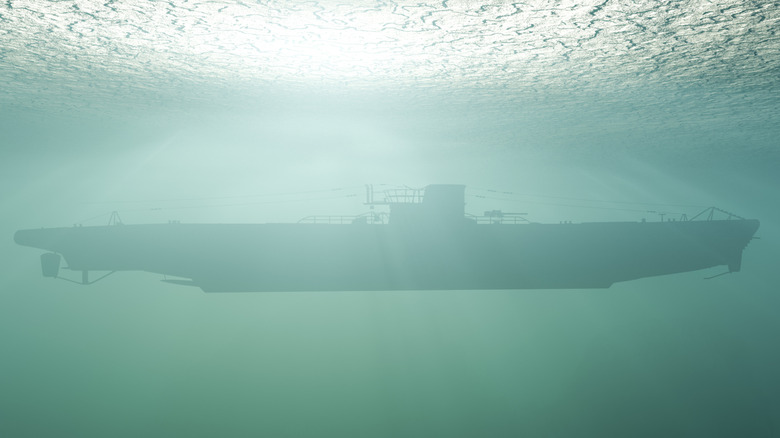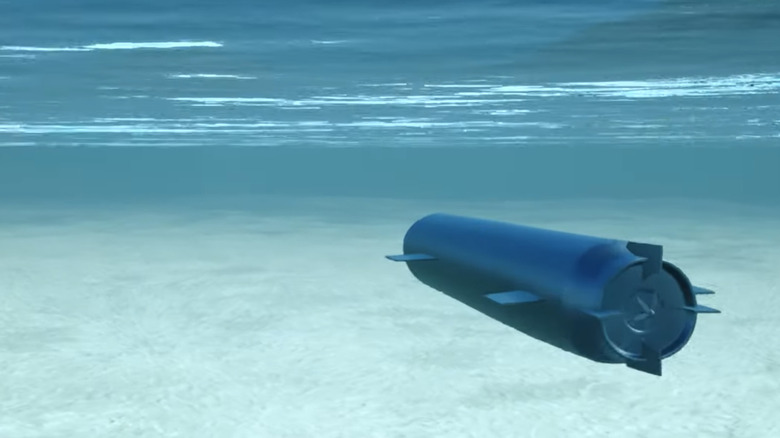What Is A SMART Missile & How Do They Work?
On May 1, 2024, India successfully test-fired the Supersonic Missile-Assisted Release of Torpedo (SMART) system from Dr. Abdul Kalam Island in Odisha. The test was conducted by the Defence Research and Development Organisation (DRDO) using a ground-based mobile launcher. SMART uses a missile system to deliver a torpedo, which is an underwater military weapon that moves through water to strike enemy submarines. The system is designed to boost the Navy's reach in tracking and attacking submarines.
Traditional torpedoes can only travel limited ranges of about 40 kilometers. SMART solves that by using a missile to carry the torpedo closer to the target first. Once in the right position, the missile releases the torpedo with a range of about 20-24 kilometers using a parachute-based system. The torpedo then enters the water and begins tracking the submarine to destroy the target using its built-in warhead.
The May 1 test confirmed that SMART's main technologies are working as intended. These include a two-stage solid-fuel propulsion system (to power the missile), precision navigation, electromechanical parts that control the missile in flight, and special systems that safely separate and slow down the torpedo before release. Defense officials called the test a major step in expanding India's maritime defense capability.
Inside the SMART system: technology & components
SMART is a canister-based missile system, meaning the missile and all its components are sealed in a container for safe storage and quick launch from land-based mobile platforms. The missile is powered by a two-stage solid propulsion system. This means it uses solid fuel in two separate phases to push and accelerate the missile at supersonic speed toward the target.
The missile is guided by a precision inertial navigation system, which uses sensors like gyroscopes and accelerometers to track its position without relying on GPS. This ensures the missile stays on course, even in contested environments. Electromechanical actuators are devices inside the missile that move its control surfaces, like fins or flaps, to adjust direction during flight. Near the target area, the missile releases a lightweight torpedo using a parachute-based separation mechanism. The parachute slows the torpedo down and ensures it enters the water gently.
During the May 1, 2024 test, DRDO also validated systems for symmetric separation (simultaneous release of components), ejection (smooth detachment of the torpedo), and velocity control, which are all crucial to precise delivery of ordnance.
When and why SMART ordnance is used
SMART is designed for rapid deployment in response to submarine threats, especially when traditional strike platforms are not available. If a submarine is detected by an aircraft or drone that is not carrying torpedoes — for example, one equipped only with sonar buoys or depth charges that also help submarines communicate underwater — the information is sent back to the chief command.
At that point, higher naval authorities can authorize a SMART launch from a coastal base where the missile launcher has been commissioned. The system does not require a ship or aircraft to be physically near the threat. Instead, a mobile ground launcher fires the missile from land, carrying the torpedo toward the designated target area.
This gives the Indian Navy a fourth option for submarine prosecution, alongside warships, aircraft, and armed drones. SMART adds flexibility to operations and helps close response gaps when time or distance prevents other assets from reaching the target.
The SMART system is still undergoing trials, with DRDO continuing to validate its subsystems and performance under different conditions. While no official deployment timeline has been announced, the successful launch test marks a significant step toward induction. Once operational, SMART is expected to strengthen India's maritime response capability and serve as a strategic asset in anti-submarine warfare.


